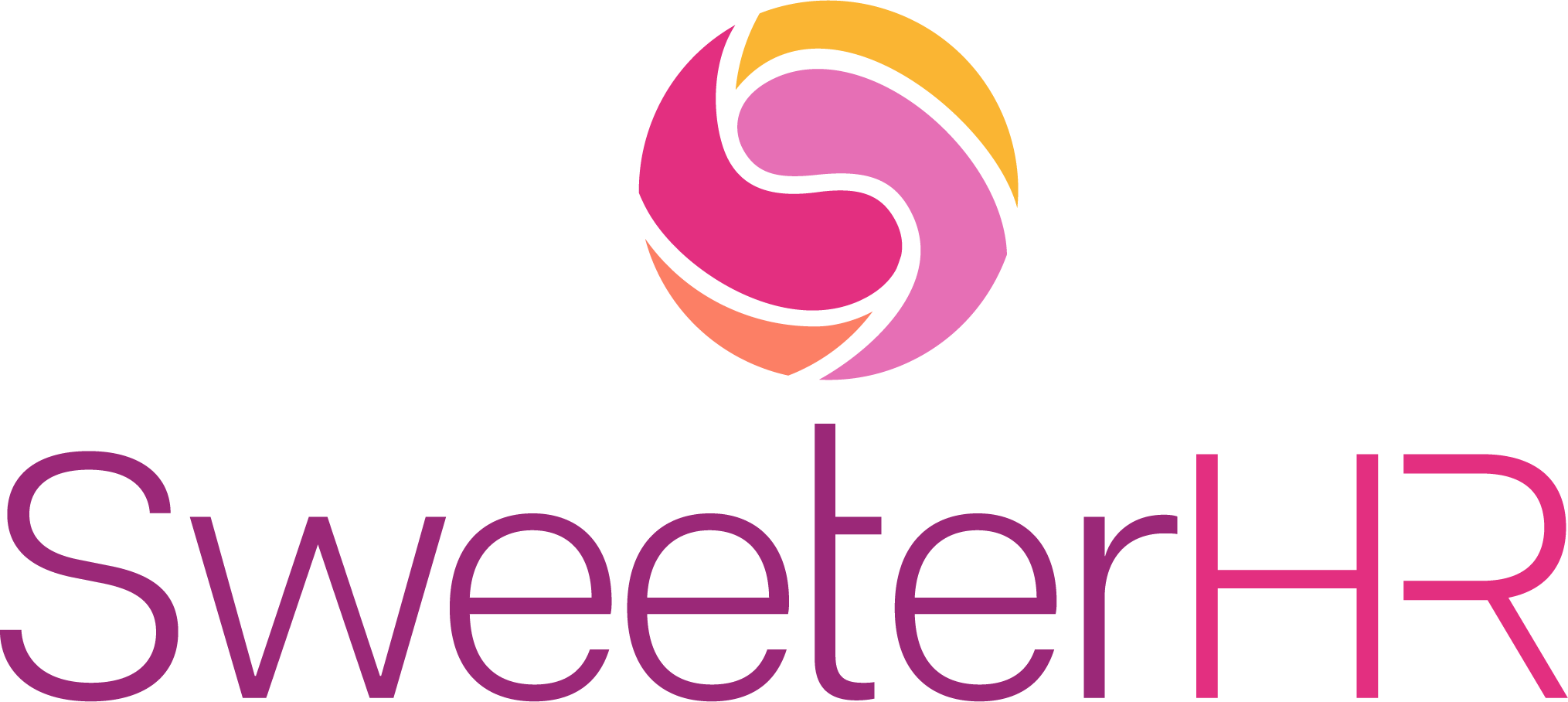Flipping the script on what HR is and how it has transitioned can be challenging.
When people think of HR, they think of HR as an administrative function that polices employees. HR is so much more! If you currently have HR that is only working on admin and compliance, you are missing out on the best part of HR!

I remember attending a team house party for work this summer. It included young accountants, Partners, and HR. As the party wore one, a group pulled out Cards Against Humanity and sat down with their margaritas. It was getting late so I started to pack up with a couple of the HR staff so we could get back to our families. As we were leaving, one of the HR staff overheard one of the accounting team members say, ‘Good, HR is leaving! Now we can have fun!” As you can imagine, this was disheartening to the HR employee. She declared, “I like to have fun too!” It was true, the HR team loved to have fun! They are unique, personable, witty, and bold. So why is there a perception that those in HR aren’t fun and like to keep others from having fun?
Overcoming a doldrum view of HR and the people in it, is a task in itself. I get it.
Human resources used to be administrative and punitive. In the past, the HR department was used to police employees, complete paperwork for compliance, and perhaps, give out a day-old birthday cake occasionally. For most, their interactions with HR were mundane and even negative. Some HR departments still operate this way and hinder the proactive, positive, work HR can provide. However human resources have evolved as it should and now is the time to challenge the status-quo of what HR is and isn’t.
Let me state this, HR isn’t boring! Great HR policies increase employee satisfaction, happiness, and engagement in their work. Happier employees go home happy to their families. They aren’t bringing the stress of the day to their children or spouses. Thus, great HR improves work life which improves home life which improves communities. HR, when proactive and as a business partner, can have a positive impact on businesses and people. It’s time to flip the script on the perception of HR!



